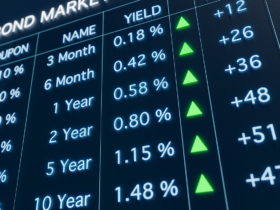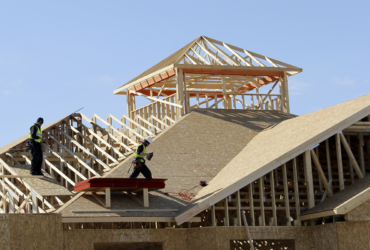Home price growth continued to slow in October, according to the latest data from the S&P CoreLogic Case-Shiller U.S. National Home Price NSA Index…(Case-Shiller)
- Y-O-Y: Case-Shiller reported a 19.1% annual gain in October, down from 19.7% in the previous month and down from the 19.8% reported in August.
- M-O-M: The U.S. National Index posted a 0.8% month-over-month increase in October, down from 1.0% in the previous month and down from the 1.2% reported in August.
Phoenix continues to lead the way nationally with a 32.3% year-over-year price increase, followed by Tampa with a 28.1% increase and Miami at 25.7%
Craig J. Lazzara, Managing Director at S&P DJI continues to sort through the data to determine the underlying factor of the housing surge…
- “We have previously suggested that the strength in the U.S. housing market is being driven in part by a change in locational preferences as households react to the COVID pandemic. More data will be required to understand whether this demand surge represents an acceleration of purchases that would have occurred over the next several years, or reflects a more permanent secular change.”
The Federal Housing Finance Agency also reported slowing home price growth in October…(FHFA)
- Y-O-Y: Home prices were up 17.4% in October compared to October 2020. This lower than the 18.5% growth seen in Q3.
- M-O-M: Home prices were up 1.1% when compared to September which is actually slightly up from the 0.9% growth seen in Q3.
The Mountain region kept the top spot despite an almost 2 percentage point drop to 23.2% in October followed by the Pacific (+19.9%), South Atlantic (+19.4%), East South Central (18.9%), and West South Central (+17.1%).
- NOTE: only one region was above 20% y-o-y appreciation, down from three in August and the four reported in July. This was the first time only one region was above 20% since April.
Will Doerner, Ph.D., Supervisory Economist in FHFA’s Division of Research and Statistics says that evidence is clear that the market peaked in the summer and has been steadily slowing since then…
- “The large market appreciations seen this spring peaked in July and have been cooling this fall with annual trends slowing over the last four consecutive months.”






Got a Questions?
Find us on Socials or Contact us and we’ll get back to you as soon as possible.